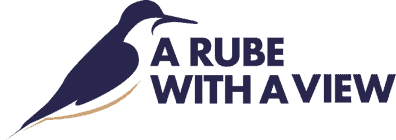How do you value good wildlife habitat 2?
 Saturday, June 12, 2010 at 05:16AM
Saturday, June 12, 2010 at 05:16AMDr. Rick Lathrop of Rutgers and I are pulling together a new system of valuing habitat for New Jersey’s endangered and threatened species. The project, funded by the New Jersey Highlands Council and the Geraldine R. Dodge Foundation, will create a new geographic information system (GIS) model that builds value based on three new variables. The first variable is the area of the habitat or its core area and its connectedness to other similar habitats or contiguity. The second is the area’s protection status. The third and final variable is the condition of the habitat or how it currently managed. This will be done for all endangered and threatened species in the Highlands region. Our model would be applied to areas as defined in the state’s Landscape Map, , the Department of Environmental Protection map that outlines all E/T habitat in the state.
 Landscape Map of NJ Showing all the state’s habitat for rare and endangered species
Landscape Map of NJ Showing all the state’s habitat for rare and endangered species
The model is innovative in two ways. First, it will provide planners, consultants and conservationists the opportunity to maintain a new standard for wildlife conservation in New Jersey – no net loss of habitat value. This opens up a second innovation: a community can maintain authority as long as it agrees to no net loss for community’s entire area. This can be done through the municipal planning process by balancing losses with added value created by increasing the size of core areas, increasing contiguity, managing habitat or improving protection.
As an example, consider a town that has a woodland area important to barred owls within an area slated for developmentthat is already serviced by city water and sewer. Usually this conflict of interest would end badly. Either the development would be stalled for months or even years as the developer tried to work through the state land-use regulatory system, or the developer would manipulate the system though political influence and the development would proceed with obvious impacts to the owls. One way or another, humans or animals would pay.
With our model, a planner could determine the loss of value caused by the proposed development, then go find equivalent value within the owls’ habitat found elsewhere in the town. He or she could find places where to increase protection for the species or manage the habitat so it connects better with isolated areas of woodland. Increasing the size of a contiguous forest block improves barred owl habitat. The owner of an area earmarked for devleopment knows what it will cost to replace the lost value and will add the cost to the development. If done correctly, the impact on the species is zero. Best of all, it could be resolved without years of haggling.
Some species will be more difficult to deal with in this way than others. Areas with many species will present difficulties because, for example, managing for one endangered or threatened species might decease value for another. But the principal behind this model is the important part. Greater protection is possible without new state land use regulations. The opposite is possible. If a community commits to no net loss of habitat value than permits could be expedited as long as new loss is compensated. More authority can be granted to communities, thus relieving the burden of state regulators. More in another post

